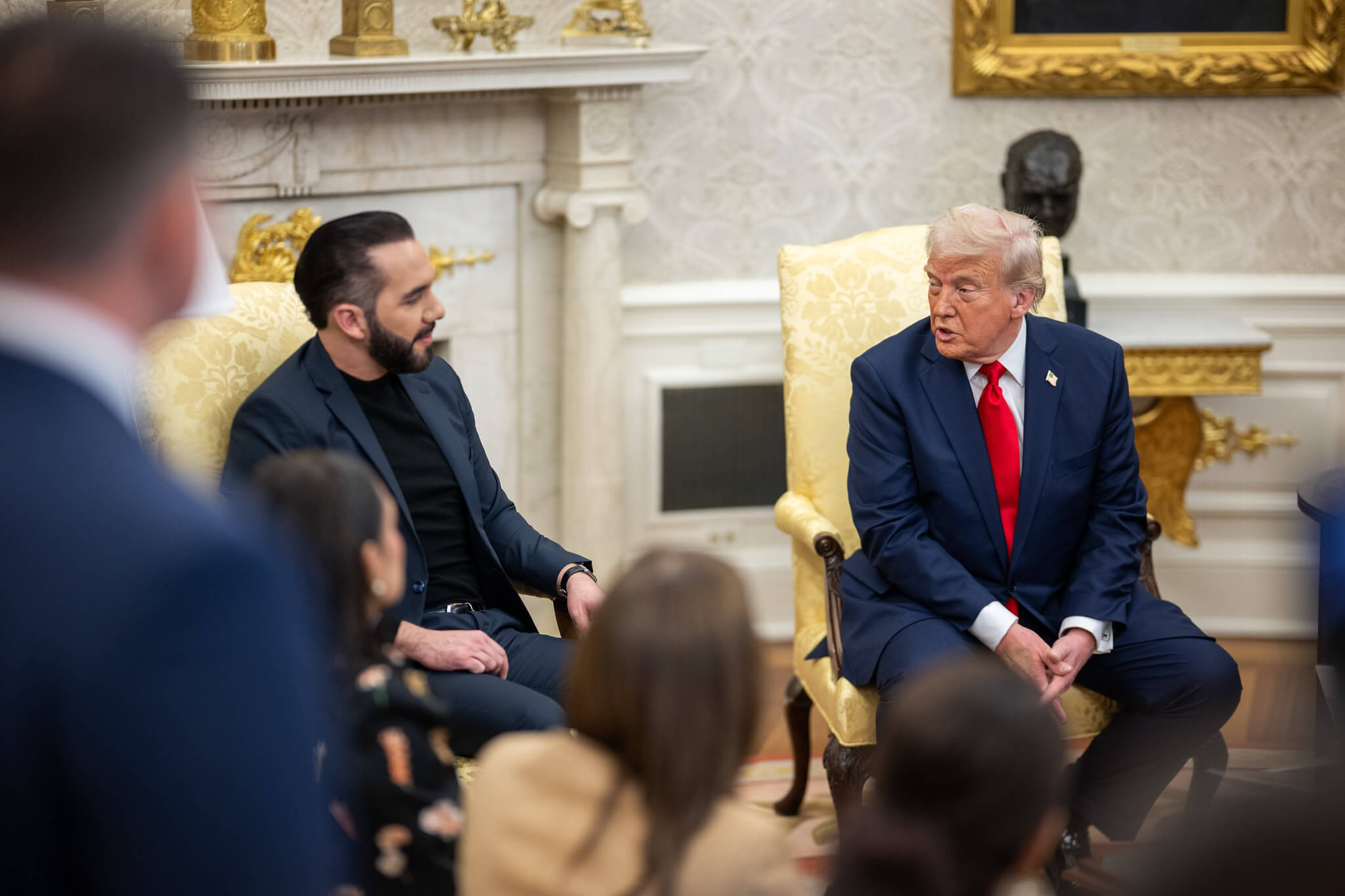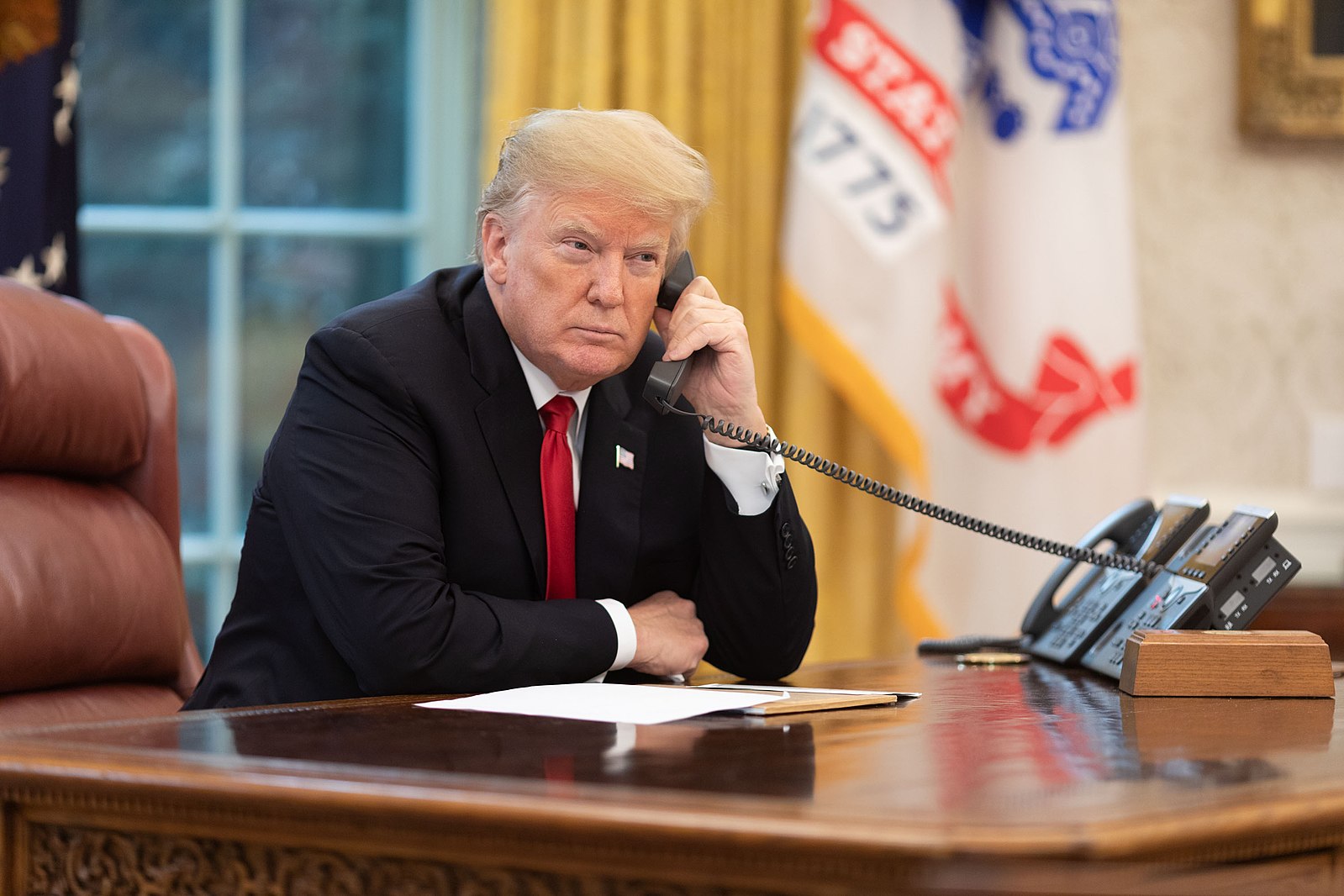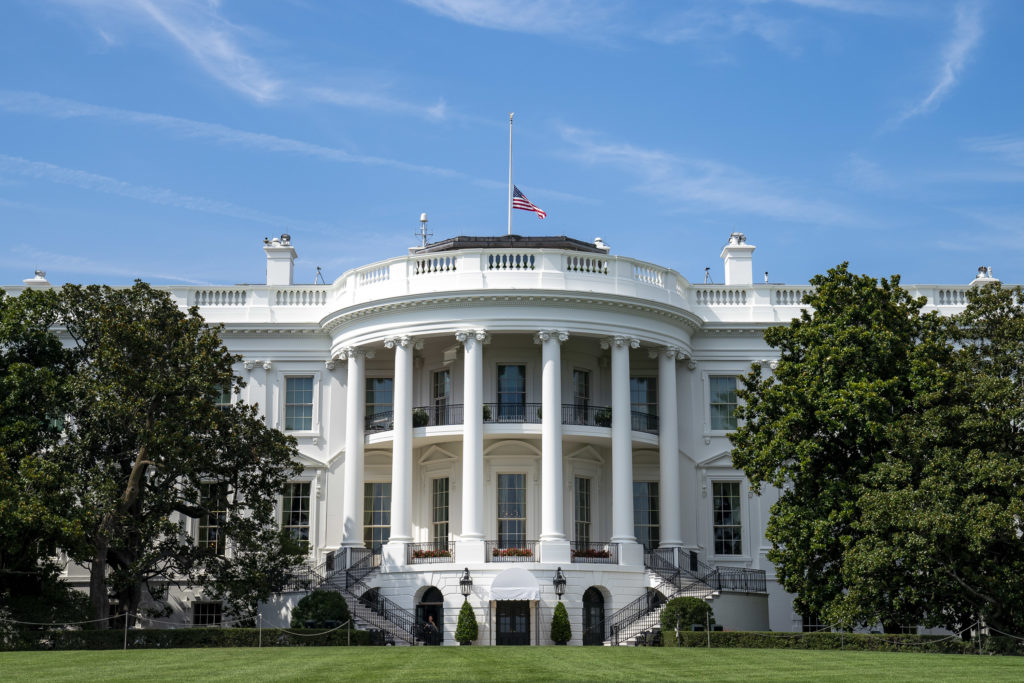At the Mercy of Presidential Self-Restraint
Trump’s spree of firings exposes a dilemma for Congress: a reliance on presidents to respect the independence of executive branch officials.

Published by The Lawfare Institute
in Cooperation With

Donald Trump is certainly not the first president to challenge congressional authority. But a defining feature of President Trump’s first and second administrations has been his determination to achieve full control over the executive branch, undermining congressionally designated institutional arrangements in the process. In challenging norms and testing the boundaries of statutes regarding appointments, Trump has highlighted a critical feature of the separation of powers. He has revealed the full extent to which Congress has relied on presidential self-restraint.
In our forthcoming work, “Congressional Expectations of Presidential Self-Restraint,” we examine how statutes addressing key political appointments in areas like law enforcement, intelligence, oversight, and personnel management have often involved Congress setting certain kinds of expectations for presidential behavior. Drawing on the concept of “institutional forbearance”—the need for politicians to “not use their institutional prerogatives to the hilt, even if it is technically legal to do so” because “such action could imperil the existing system”—we identify the extent to which lawmakers themselves have acknowledged designing legislation in a way that was dependent on the president exercising self-restraint. In other words, members of Congress understood that they would be relying on presidents to avoid using their formal powers in ways that were legally permissible but that would circumvent the goals of a particular statute.
For example, one institutional device by which lawmakers express such an expectation in statute is by giving a position a fixed term in office (without removal protections), such as the 10-year term Congress provided for the FBI director in Section 203 of the Crime Control Act of 1976. A fixed term is used to indicate that a particular position should be apolitical and that the officeholder should not normally be fired, save under exceptional circumstances. As Sen. Robert Byrd (D-W.V.) asserted, such a term meant that “the [FBI] Director can be more effectively insulated from political pressures liable to be placed on him by a President” and would “not be considered a politically oriented member of the President’s team.” To be sure, lawmakers might expect that the president would avoid firing such an official because of potential political blowback and the possibility that the Senate would not be willing to confirm an alternative replacement. The Senate Judiciary Committee suggested that “the chances for confirmation of a new nominee would be remote” in the aftermath of an unjustified firing of the FBI director. But the expectation of self-restraint is still key to realizing the statute’s goals for such an official to be independent, as Congress is relying on the president to choose not to use his legal authority to dismiss that official. The FBI director, Byrd acknowledged, “can be removed by the President at any time, and for any reason that the President sees fit.”
A certain degree of reliance on norms of presidential self-restraint, then, has long been part of how the separation of powers operates in practice. But two of President Trump’s recent dismissals—the firings of the chairman of the Joint Chiefs of Staff (JCS) and the special counsel—are particularly revealing. Together, they demonstrate the growing dilemma that Congress faces in seeking to promote independence and objectivity for key officials in the federal bureaucracy and in attempting to shield them from political pressure.
Consider first the dismissal of the JCS chairman, Gen. C.Q. Brown Jr. In that case, there was no question that the president had the legal authority to dismiss the chairman, who serves as the president’s “principal military adviser.” But Trump’s actions nonetheless posed a challenge to Congress. In providing the chairman with a four-year fixed term, lawmakers had indicated their intent for that officer to be independent from the president. As a House Armed Services Committee report addressing changes to the JCS chairman’s term explained in 2016, “by staggering the Chairman’s term of office such that it is not aligned with the four-year presidential election cycle, the committee believes that the Chairman’s role in providing independent military advice to the President and Secretary of Defense is reinforced.” In firing Brown prior to the end of his four-year term, Trump demonstrated how Congress’s use of a fixed term for the JCS chairman had ultimately relied on presidential self-restraint—that the chief executive would decline to use his formal authority in a way that would thwart the legislature’s statutory goals.
The effort by President Trump to change the leadership of the JCS also indicated Congress’s reliance on presidential self-restraint in another way. In nominating Lt. Gen. (ret.) Dan “Razin” Caine for the chairmanship, Trump disregarded another aspect of the JCS statute. Congress had indicated that an officer nominated for the role of chairman was expected to have served in any of a few specific prior roles, another way that legislators sought to ensure the president would be provided with high-quality professional military advice. However, the law also allowed the president to waive such requirements if he determined it “to be in the national interest.” By nominating an officer who had not previously served in one of those roles, Trump again signaled his disinterest in Congress’s vision for the chairmanship and its reliance in the statute on the president to choose to follow legislators’ directives. Furthermore, while lawmakers once expected that a president would be faced with Senate skepticism after a premature firing of a JCS chairman, President Trump evidently was confident that he would not face significant congressional pushback. His assessment proved correct; the Senate confirmed Caine 60-25.
President Trump’s actions with respect to the JCS chairman illustrated a larger pattern of exploiting laws reliant on presidential self-restraint. For example, as discussed earlier, Congress had sought “to insulate [the FBI director] from undue pressure being exerted upon him from superiors in the Executive Branch.” But in his first term, Trump fired FBI Director James Comey with more than six years left on his 10-year term, and prior to taking office again, Trump’s stated intent to install “staunch loyalist” Kash Patel in the position led incumbent Christopher Wray to resign. With respect to inspectors general (IGs), Congress had similarly stressed that it was “essential” that IGs be able to “operate with sufficient independence to do their jobs well.” But in his first term, Trump dismissed several IGs, including the inspector general of the intelligence community who had alerted Congress about the whistleblower report that had ultimately led to Trump’s first impeachment. Going further in his second term, Trump undertook a mass firing of IGs without providing Congress with the 30-day advance notice and substantive justification for their removal that was called for in statute.
Another recent dismissal indicates how President Trump has gone beyond just exploiting laws dependent on self-restraint. Unlike the dismissal of the JCS chairman, the president’s termination of Special Counsel Hampton Dellinger, an official tasked with protecting the merit-based civil service, did not just challenge a norm; it explicitly violated the statute. To underscore the need for independence in the position, Congress not only provided a five-year term and qualifications for the position; it specified that the special counsel could be subject to dismissal only “for inefficiency, neglect of duty or malfeasance in office.” In firing Dellinger, the Trump administration indicated its determination to contest the constitutionality of such for-cause removal protections and, correspondingly, to challenge the ability of Congress to insulate appointees in a way that was less reliant on presidential self-restraint.
Dellinger himself described the significance of his firing in these terms. While Congress had meant for a president to need “to have a very good reason to fire someone with the type of statutory protections I had,” he said, after the U.S. Court of Appeals for the D.C. Circuit cleared the way for the president to dismiss him, that future special counsels would be “wholly dependent on the good graces of the president.” Moreover, beyond dispatching Dellinger, the president has made it a priority to target other officials possessing such for-cause removal protections, moving to fire commissioners at the Federal Trade Commission, the chair of the Merit Systems Protection Board, and a member of the National Labor Relations Board.
With these actions, the Trump administration is aggressively pressing the implications of the Supreme Court’s recent separation-of-powers jurisprudence. The Court’s decisions in cases like Seila Law v. Consumer Financial Protection Bureau and Collins v. Yellen indicated that a majority of the current justices are skeptical of for-cause removal protections for executive branch officials and view them as “violat[ing] the separation of powers.” In line with the reasoning of those cases, the D.C. Circuit Court held that Dellinger was “all but certain to be designated a principal officer” and, therefore, subject to removal. The Trump administration has even directly stated its intent to seek the overturning of Humphrey’s Executor v. United States, the key case in which the Supreme Court had allowed for certain kinds of for-cause removal protections.
The Dellinger case thus brings a long-growing dilemma for Congress into sharp relief. As the courts increasingly adopt a formalistic conception of the separation of powers, Congress’s ability to address concerns about presidential power in legislation about appointments is curtailed, and correspondingly, its reliance on presidential self-restraint is increased. The Supreme Court’s ruling in Trump v. United States made this plain, holding that Congress is unable, “as a structural matter,” to regulate the actions of the president that fall within their “exclusive sphere of authority,” including executive branch removals. Given rulings like this one, it is unclear that Congress would succeed even if it sought stronger protections of the independence of key officials. For example, granting for-cause removal protections to IGs, a provision included in the Protecting Our Democracy Act legislation that had passed the House in 2021, would have likely been viewed with skepticism by the current Court.
The dilemma Congress faces extends further. Its reliance on self-restraint has increased precisely at a time when there is greater reason to have doubts in that norm. Presidents have increasingly embraced a politics of “catch-me-if-you-can”; the impulse to utilize presidential power and to elevate responsiveness to policy demands over structural constraints and norms has, to a significant degree, been a bipartisan one in the past several decades. At the same time, in an era of “insecure majorities,” legislators have significant incentives to defend a co-partisan president rather than to uphold the institutional prerogatives of Congress. The Trump administration has magnified the extent to which we now live under a system of “separation of parties, not powers.” Indeed, Sen. Dick Durbin (D-Ill.) recently lamented such dynamics. Offering “caution [to] my Republican colleagues that the precedents that the Trump administration is establishing could be followed by a future Democratic president,” Durbin expressed “hope that members on both sides will realize our obligation is to the Constitution more than any single political party.”
It remains to be seen whether Congress can—or will try to—deal with this developmental dilemma and secure independence within the executive branch. What is assured, though, is that the current administration has charted a course toward an understanding of the Constitution and the separation of powers that places us all at the mercy of presidential self-restraint.





